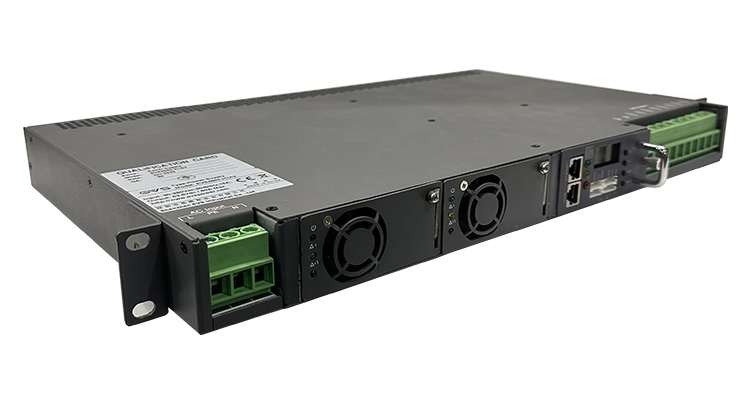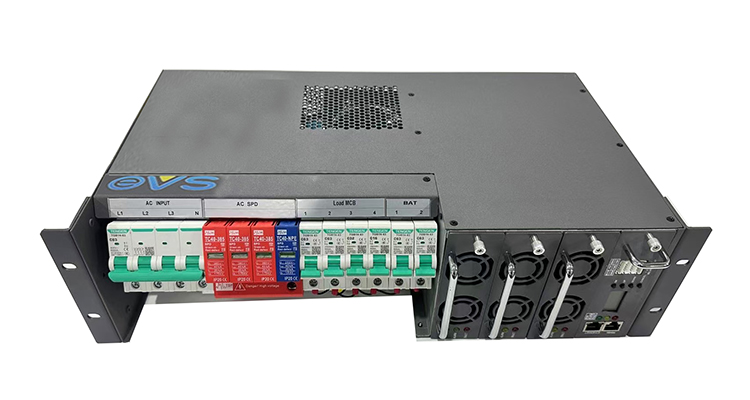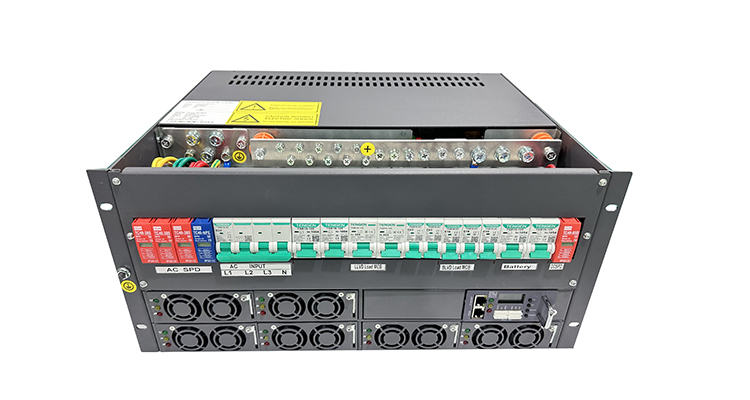Why Use 48V DC Power in Telecom Systems
1. Introduction
Telecom networks form the backbone of global communication, requiring reliable, efficient, and safe power solutions. Among the various voltage standards,
48V DC (Direct Current) has emerged as the dominant choice for telecom infrastructure worldwide. This article explores the technical, historical, and practical
reasons behind this preference.

2. Historical Roots of 48V DC
2.1 Early Telephone Systems
The adoption of 48V DC traces back to early 20th-century telephone systems. Analog telephone exchanges required a stable power source to operate relays
and switches. A -48V DC configuration (negative grounding) was chosen to mitigate electrochemical corrosion on copper lines.
Why Negative Grounding?
• Reduced corrosion: Positive ions (which cause oxidation) migrate away from copper wires.
• Safety: Lower risk of short circuits in wet environments.
3. Technical Advantages of 48V DC
3.1 Efficiency and Power Loss Reduction
Power loss in cables is proportional to the square of the current (Ploss=I2RPloss=I2R). Higher voltage reduces current, minimizing resistive losses.
Example:
• A 1 kW load at 48V draws ~21A.
• The same load at 12V would draw ~83A, increasing losses by 16x (since 832/212≈16832/212≈16).
3.2 Compatibility with Batteries
Telecom systems require backup power during outages. 48V aligns with standard battery configurations:
• 4x 12V lead-acid batteries in series = 48V.
• Lithium-ion systems (e.g., 14S LiFePO4) also match 48V nominal voltage.
3.3 Safety
• Low Voltage Directive (LVD): 48V falls under "Safety Extra-Low Voltage" (SELV), reducing risks of electric shock.
• No arc-flash hazards compared to high-voltage AC systems.

4. Modern Applications
4.1 5G and Edge Computing
• 48V DC powers small cells, remote radio units (RRUs), and distributed antenna systems (DAS).
• Efficient for PoE++ (Power over Ethernet) up to 90W (IEEE 802.3bt).
5G tower with 48V DC power distribution to RRUs.
4.2 Energy Efficiency
• 48V DC systems avoid AC-DC conversion losses in rectifiers.
• EVSPOWER use 48V DC in data centers for 5–10% higher efficiency.
5. Competing Standards: Why Not Higher Voltages?
While higher DC voltages (e.g., 380V DC) are used in niche applications, 48V remains optimal for most telecom use cases:
• Cost: Existing infrastructure (cabling, converters) supports 48V.
• Safety: Higher voltages require stricter insulation and compliance.
• Legacy Compatibility: Transitioning to new standards is costly.

6. Conclusion
48V DC strikes a balance between efficiency, safety, and historical compatibility. As telecom networks evolve toward Open RAN and energy-efficient designs,
48V DC will remain a cornerstone of reliable power delivery.